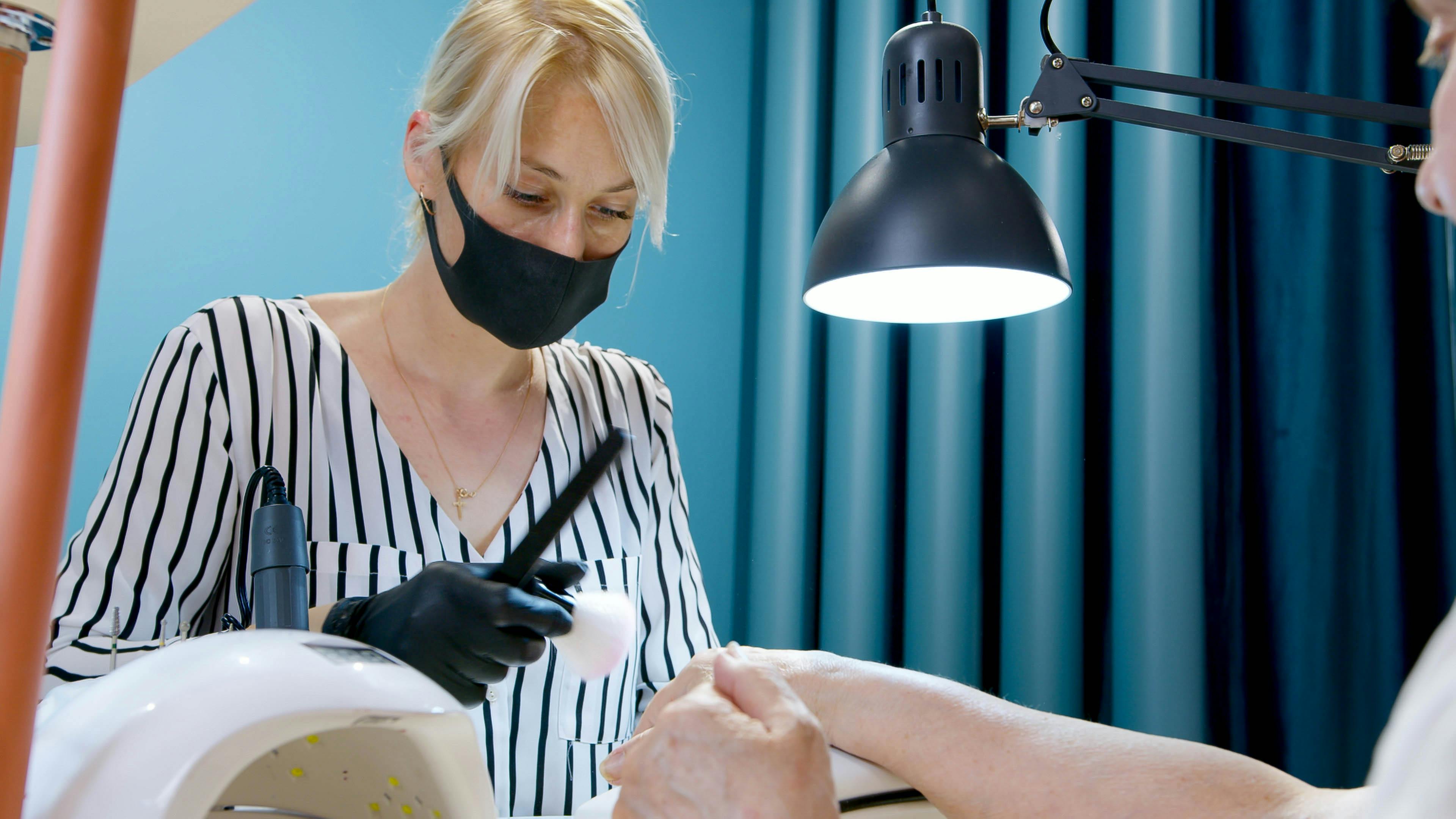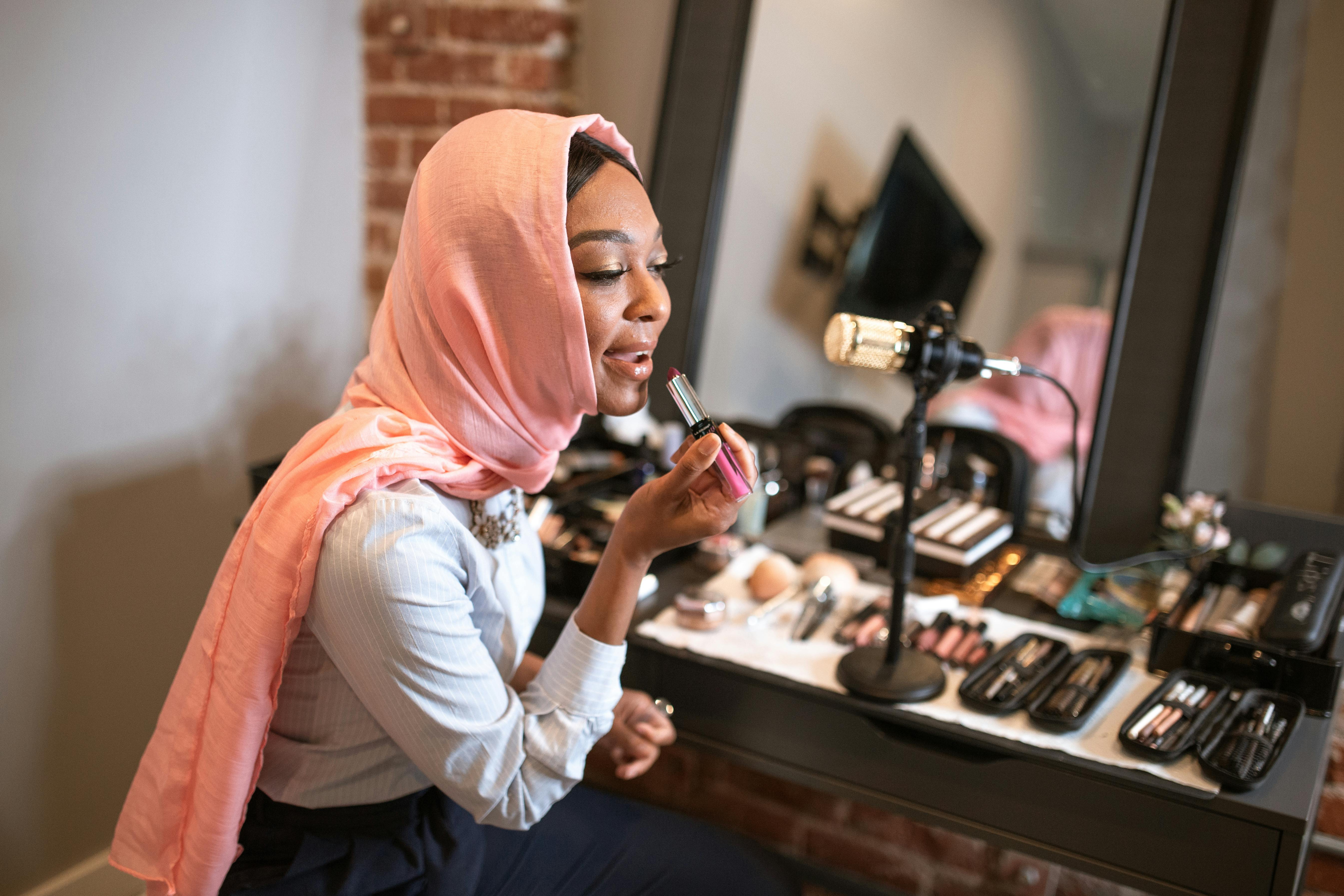Lead is one of the oldest used metals of mankind. Lead and its compounds have been used for thousands of years in all areas of life, from construction to cooking. It wasn’t long ago that sewer pipes were made of lead. If you have renovated an old house, you may have seen led pipes when they were replaced. They are easy to recognize by their unusual weight. However, lead and most of its compounds are now known to be highly toxic. Lead is a potent neurotoxin that accumulates in soft tissue and bone over time. However, due to its low reactivity and solubility, lead poisoning generally only occurs in cases where lead is dispersed and after prolonged exposure.
Lead acetate is one of the main active ingredients in progressive hair colorants such as Greek Formula, Youthair and GreyBan. It is valued for its ability to change the color of your gray hair gradually and imperceptibly. Like lead, it is toxic, although it has been used for centuries as a sweetener in wine. Since the early 1980s, lead has been extracted from many products, such as gasoline, paint, pipes, etc., and in the last decade, lead compounds such as lead acetate have become the target of a greater attention. Lead acetate has been banned in hair dyes in some European Union countries and Canada, but there is no universal ban within the EU, let alone on a larger scale. However, lead-based hair dyes are still available in stores in most countries around the world.
In a recent study, conducted in the US, people using hair dyes containing lead acetate were monitored, but no absorption of lead into the bloodstream was recorded. Therefore, it was determined that lead acetate-based hair dyes can remain in use, but the concentration of lead acetate cannot exceed 0.6%. Most currently available hair dyes contain a maximum of 0.4% lead acetate. Despite this, these lotions cannot be applied to facial hair or cut scalps, and if redness or swelling develops, use should be discontinued. It is obvious that you should wash your hands after applying them.
As the toxicity of lead has become more apparent in recent years and it is even suspected of being a carcinogen, bismuth has become its increasingly important replacement. Following the ban on the sale of hair dyes containing lead in some countries, affected products have been reformulated to include bismuth citrate. Bismuth, like lead, is also a heavy metal, but it is believed to be much less toxic and not carcinogenic. However, the same careful handling is required when applying bismuth-based hair colorants as with lead-based products.



